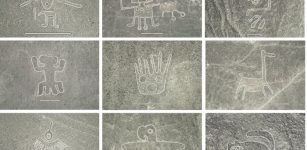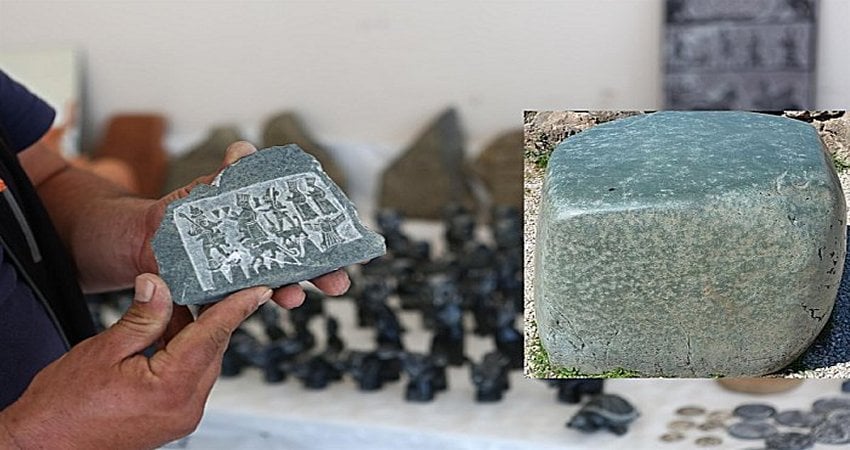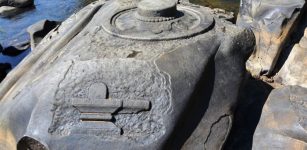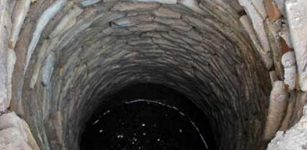Cursed Biblical City Bethsaida May Have Been Found – But Scientists Argue About The Discovery
Jan Bartek – MessageToEagle.com – Bethsaida is frequently mentioned in the Gospel, and archaeologists have long tried to locate this Biblical place. It was not really a city, but more like a village or small town.
The Biblical story dealing with Bethsaida (“house of fishing” or “place of hunting” in Hebrew) is rater interesting because this was the place where Jesus performed many of his miracles, and yet, the village was cursed for its lack of faith (Luke 10:13-15).

A reconstruction that shows what Bethsaida may have looked like.
In the New Testament John 1:44, it is written that Bethsaida was home to all three of the apostles. Luke 9:10-17 described the location where Jesus fed five thousand people with only five loaves of bread and two fish, and Mark 8:22-26 reads it was the location Jesus also healed a blind man.
According to the Bible, during Jesus’ time, it was a small fishing village, and Jesus healed a blind man there. Later, the Romans settled there and changed the name of the town to Julias.
Archaeologists have excavated the site near the Sea of Galilee for 32 years because it is widely assumed this was the region where we can find traces of Bethsaida.
In 2017, archaeologists announced they had found the home of Jesus’ Apostles in the lost Biblical village of Bethsaida.
At the site, archaeologists discovered Byzantine coins and ruins, Roman pottery and coins, dating back to Nero in the first century AD. They also discovered the ruins of a Roman bath, which means the site was urbanized.
The archaeological discoveries were exciting, but scientists understood it was too early to say with certainty they had located the real Biblical village of Bethsaida. Excavations continued.
In 2018, we learned an ancient entrance gate had been found in the same region, and this discovery offered more convincing evidence leading scientists to believe the doomed Biblical village had finally been located.
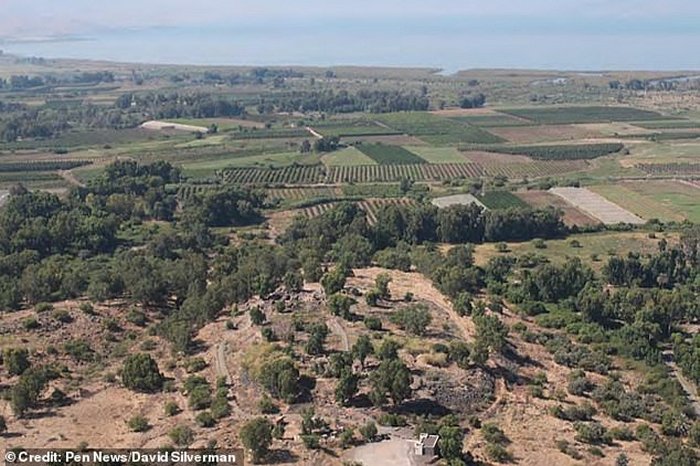
Though Et-Tell is over a mile from the Sea of Galilee – contrary to the biblical description of Bethsaida as a place accessible by boat – the dig site may have been closer in ancient times.
“There are not many gates in this country from this period. Bethsaida was the name of the city during the Second Temple period, but during the First Temple period it was the city of Zer,” said Dr. Rami Arav, director of the Bethsaida Project. According to Joshua 19:35: “the fortified towns were Ziddim, Zer, Hammath, Rakkath, Kinnereth.”
Archaeologists have continued their quest for the location of the Biblical village, but are they searching at the right place?
What Is The Connection Between El-Tell And Bethsaida?
Professor Rami Arav of the University of Nebraska is convinced Et-Tell, in the Golan Heights near the Jordan River estuary, is the location of Bethsaida.
“Ancient sources place several requirements for the identification of Bethsaida. Josephus says that the town was in the ‘lower Golan’ near the estuary of the Jordan River,” Professor Arav explains.
At Et-Tell scientists unearthed an ancient temple dedicated to Julia, Augustus’ wife. This could be an important clue because we know Bethsaida was later renamed Julias.
Another significant clue speaking in favor of the Et-Tell site that its were once known as Zer, which could also be transcribed as ‘Tzed’, a Hebrew word that means both hunting and fishing.
This name, Professor Arav believes, ultimately morphed into Beit-tzed or Bethsaida.
The problem is that according to the Bible, Bethsaida was supposed to be accessible by boat, and Et-Tell is over a mile from the Sea of Galilee.
Could this be explained by tectonic movements and changing water levels in the lake?
“Basically you need to know that the Sea of Galilee is right in the middle of the Syro-African rift and is prone to tectonic shifts,” Professor Arav says.
Scientists Argue About The Findings
There are some disagreements among scholars and archaeologist Moti Aviam of Kinneret College is convinced El-Araj is the true location of the Biblical village.
El-Araj is one of two sites usually identified by archaeologists as the ancient settlement the other being Et-Tell.
Professor Arav says the excavations at El-Araj led to the discovery of a former military camp, but not Bethsaida.
“This is an outstanding achievement, but it is not Bethsaida mentioned in the ancient sources.

Could these be the ruins of Bethsaida?
They simply do not meet the prerequisites mentioned above, but they fit perfectly the military camp.
I would also request that the directors of the dig at El-Araj publish a peer-reviewed article stating their discoveries.
They failed to do it so far and everything the archaeological community knows about their finds comes from a sketchy briefing by journalists in newspapers.
This is, of course, not enough.’
The dig site at El-Araj flooded earlier this summer, stopping excavations, Professor Arav says.
Written by Jan Bartek – MessageToEagle.com – AncientPages.com Staff Writer


